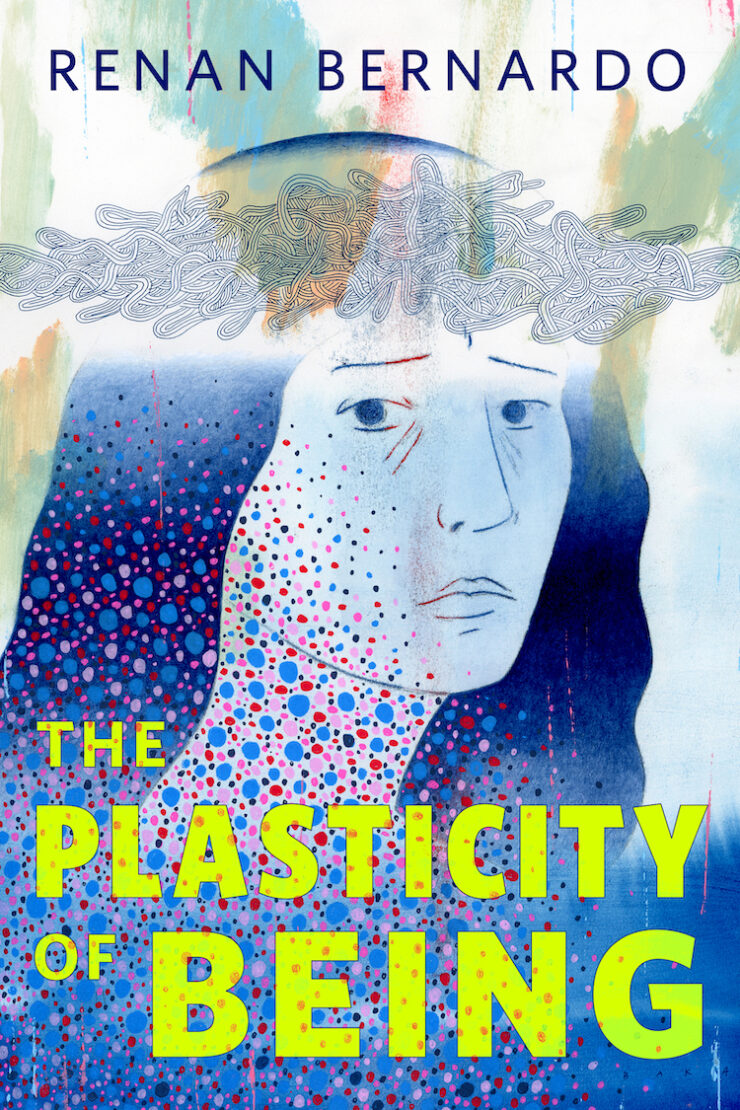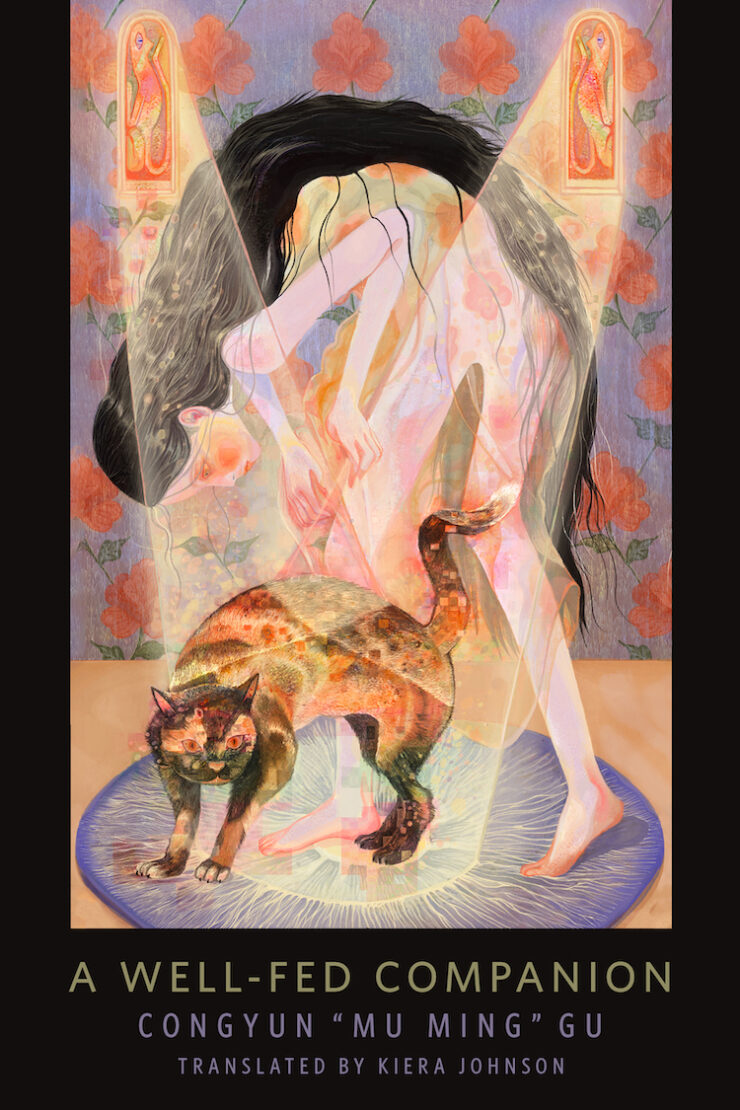It’s a tale as old as time, or at least as old as 1954: a small group of youths are cast away on an isolated island. With no adult supervision, they soon descend into violent chaos. By the time adults arrive to restore order, several of the young people have been murdered. Others are left permanently traumatized. This is, of course, William Golding’s 1954 novel Lord of the Flies. It’s one of the classics often forced on defenseless schoolkids, as it reinforces an important lesson: humans are beasts who require a boot firmly placed on their necks if they are to retain a patina of civility. Kids may not appreciate hearing this, but people who own and wield boots certainly want it heard.
Anyone who, as I do, deals with kids on a regular basis knows that kids will, if left to their own devices, flout convention with no regard for the feelings and expectations of their elders. Even as a keen-eyed guardian waits for a chance to correct egregious misbehavior, those confounded kids will pick up discarded trash, fix defective signage, assist in the sweeping-up of snowdrifts of theatrical confetti, even spontaneously practice four-part harmony while waiting for public transit. I can only speculate as to what dark motives cause this inconsiderate behaviour.
It turns out that even castaway kids will flout convention, as this Guardian article reveals. With no regard for the feelings of authority figures, six Tongan boys spent over a year marooned on a deserted island without even one brutal murder. Instead they cooperated and survived; they even cared for one of the boys who broke his leg. Their experience suggests that actual castaways might act like the cast of Gilligan’s Island, and not like sociopaths. Dire news for boot-wielders everywhere.
Even a few science fiction authors have dared to write stories in which castaways do not immediately devolve into feral beasts. Here are some examples…
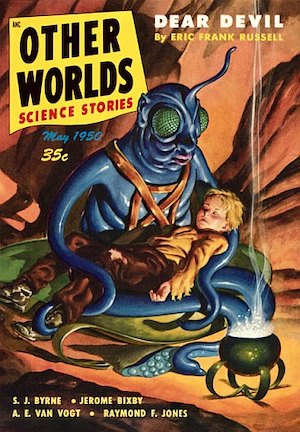
Dear Devil (1950), by Eric Frank Russell. The Martian poet who figures in this novelette is left alone on a radiation-soaked world by his own choice. There are no fellow Martians with whom to contend. But he is sharing the planet with another species: human savages on a post-thermonuclear-war Earth. Now, in most tales of this ilk the natives exist only to endanger the protagonist and allow him (it’s generally a him) to demonstrate the efficacy of his weapons. In Russell’s convention-flouting tale, the poet uses the meagre resources left to him by his former crewmates to help the humans. Rather than being ungrateful, they repay him with love and companionship.
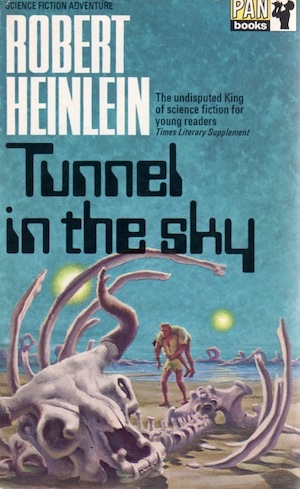
Tunnel in the Sky (1955) by Robert A. Heinlein starts off promisingly. Soon after arriving on an alien world to test his survival skills, student Rod Walker stumbles across the slain body of another student, the victim of someone who clearly understood how stories like this are supposed to work. But no sooner do the students realize that something has gone wrong and they are marooned on an alien world for an undetermined time—perhaps the rest of their lives—than the original premise is tossed out the window in favour of cooperation, community-building, and even elections.

Beauty Queens (2011), a novel by Libba Bray, begins with the plane-crash deaths of thirty-seven of the fifty contestants flying to the Miss Dream Teen beauty contest. The survivors find themselves on a seemingly desolate island. One might expect that the thirteen survivors, competitors all, would be inclined to see each other as impediments or even as paleo-diet foodstuffs. Well, no. Despite some interpersonal friction, they cooperate, using their surprisingly diverse skill set and the wreckage of the plane to survive en masse.
SPOILER: the island only seems to be desolate.
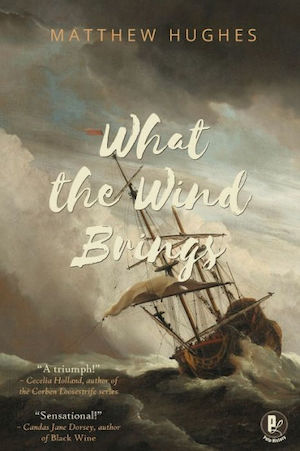
What the Wind Brings (2019) by Matthew Hughes. When a storm drives a Spanish ship onto a desolate shore in what is now northern Ecuador, Alonso Illescas finds himself cast away—along with the slaves he was escorting. The Africans’ leader, Anton, would like nothing better than to see Alsonso’s head on a stick. At the same time, Anton is a man who tries to take the long view. The Rio Esmeraldas is filled with natives who have a justified suspicion of all newcomers. They’ve fought them off so far…but one day the Spanish will return to subjugate the natives and re-enslave the Africans. Survival for both groups will require cooperation. Also, as it turns out, help from Alonso.
***
The idea that people are not complete monsters is indeed a shocking one, but a conceit that inspires diverting stories. No doubt I’ve overlooked other examples. Feel free to mention them in the comments.
In the words of Wikipedia editor TexasAndroid, prolific book reviewer and perennial Darwin Award nominee James Davis Nicoll is of “questionable notability.” His work has appeared in Publishers Weekly and Romantic Times as well as on his own websites, James Nicoll Reviews and Young People Read Old SFF (where he is assisted by editor Karen Lofstrom and web person Adrienne L. Travis). He is currently a finalist for the 2020 Best Fan Writer Hugo Award and is surprisingly flammable.


